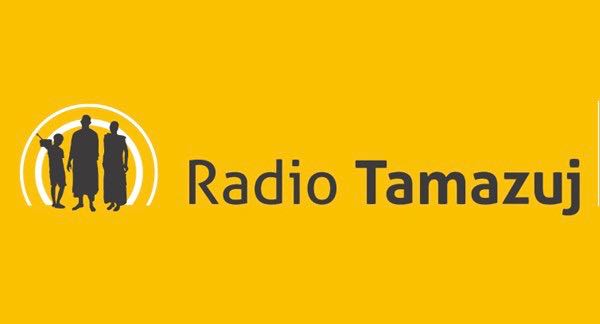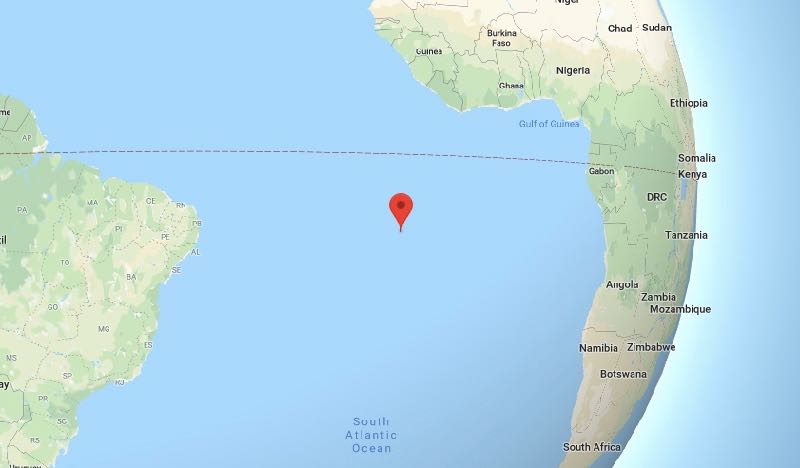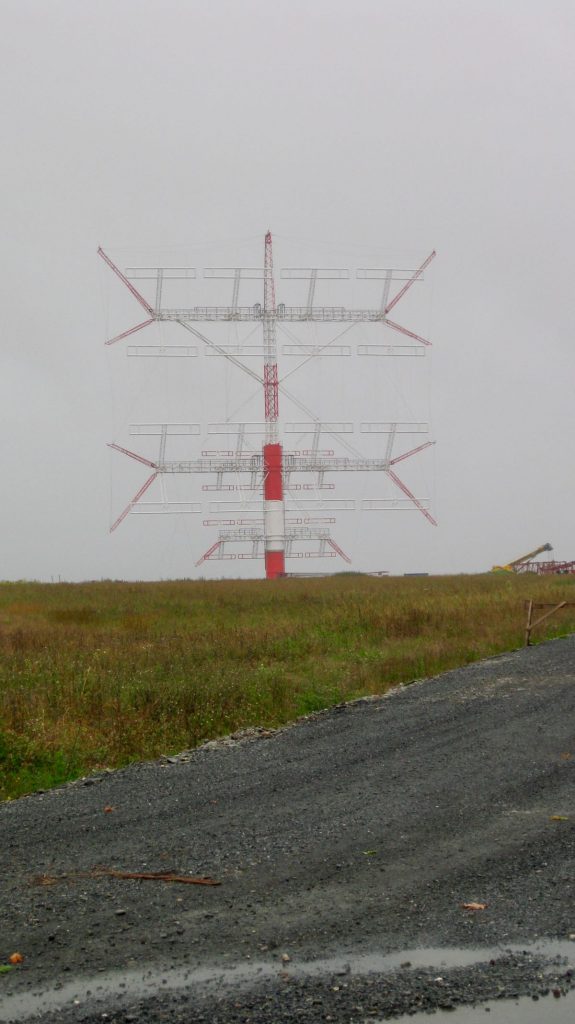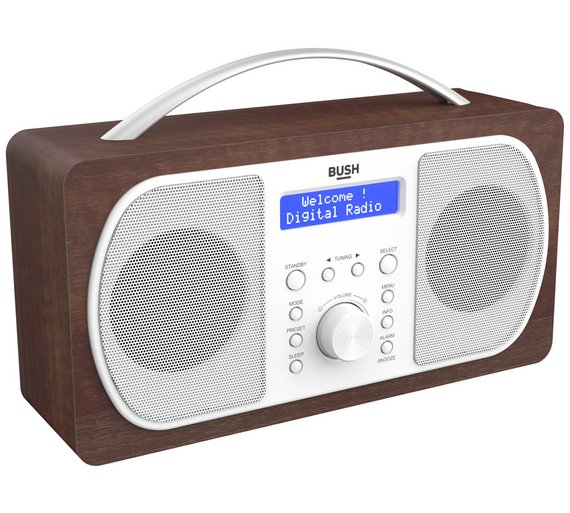
Many thanks to SWLing Post contributor, Kim Andrew Elliott, who shares the following article and writes:
USAGM (US International Broadcasting and Associated Media) reported a 24 percent increase in measured audience in 2018. Why the sudden increase? Did a major war break out? No, the measurement methodology changed …
https://www.uscpublicdiplomacy.org/blog/usagm-audience-increase-less-startling-meets-eye
THE USAGM AUDIENCE INCREASE: LESS STARTLING THAN MEETS THE EYE
by Kim Andrew Elliott
A February 2019 email newsletter from John Lansing, CEO of the U.S. Agency for Global Media (new name for the Broadcasting Board of Governors) proclaimed that “2018 was a banner year” for USAGM. He noted that “USAGM programming was consumed by 345 million adults weekly worldwide—including radio, television and internet—an unprecedented year-on-year increase of 67 million from 2017.” This refers to the USAGM’s Audience Impact Overview for 2018 issued November 2018.
That would be a 24 percent increase in one year. As an international broadcasting audience research analyst for 42 years (10 in academia and 32 for the Voice of America and its parent agencies), a 24 percent “year-on-year” increase gets my notice. Why there was such a dramatic increase? Did a major war break out, causing people to seek information from abroad? No, nothing beyond the ongoing simmering regional conflicts. Did one of the USAGM entities score a new television affiliate, with a prime-time slot in a populous country? If that had caused the increase, I am sure it would have been highlighted in the report.
According to the press release (apparently no longer at the USAGM website but available here), “The measured weekly audience grew to 345 million people in FY 2018, from 278 million people in FY 2017, an unprecedented increase of 67 million.” The reader could easily interpret this as a sudden one-year audience increase of 67 million, but it is actually a change in the “measured” audience.[…]
Click here to continue reading the full article at the USC Center on Public Diplomacy.






